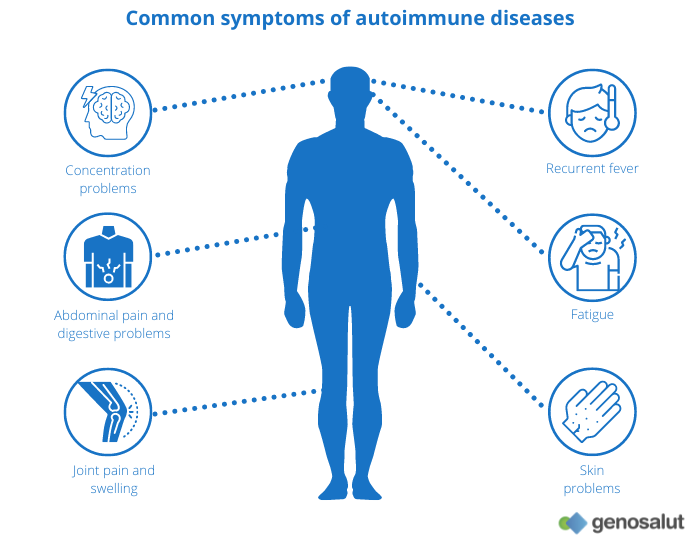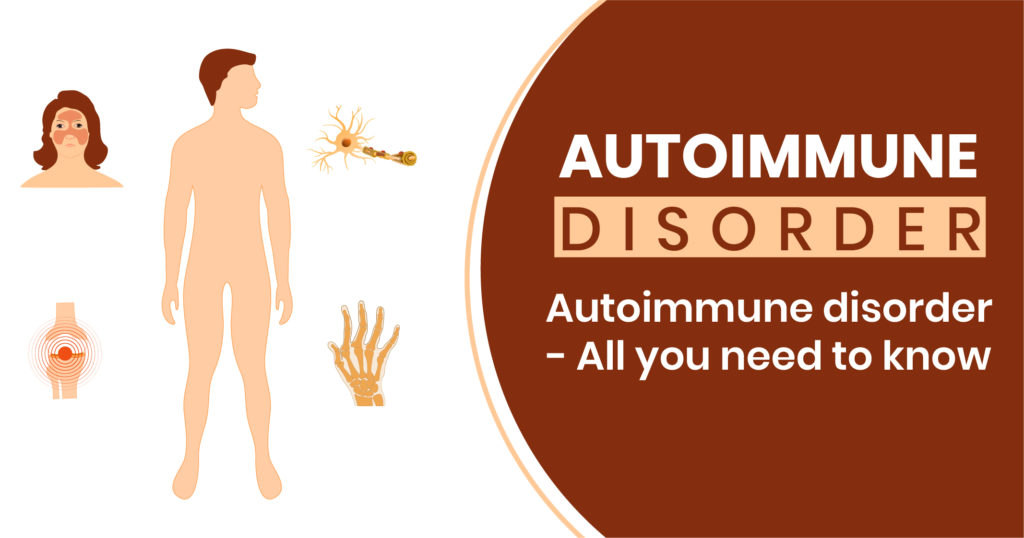Cool Tips About How To Diagnose Autoimmune Disorders
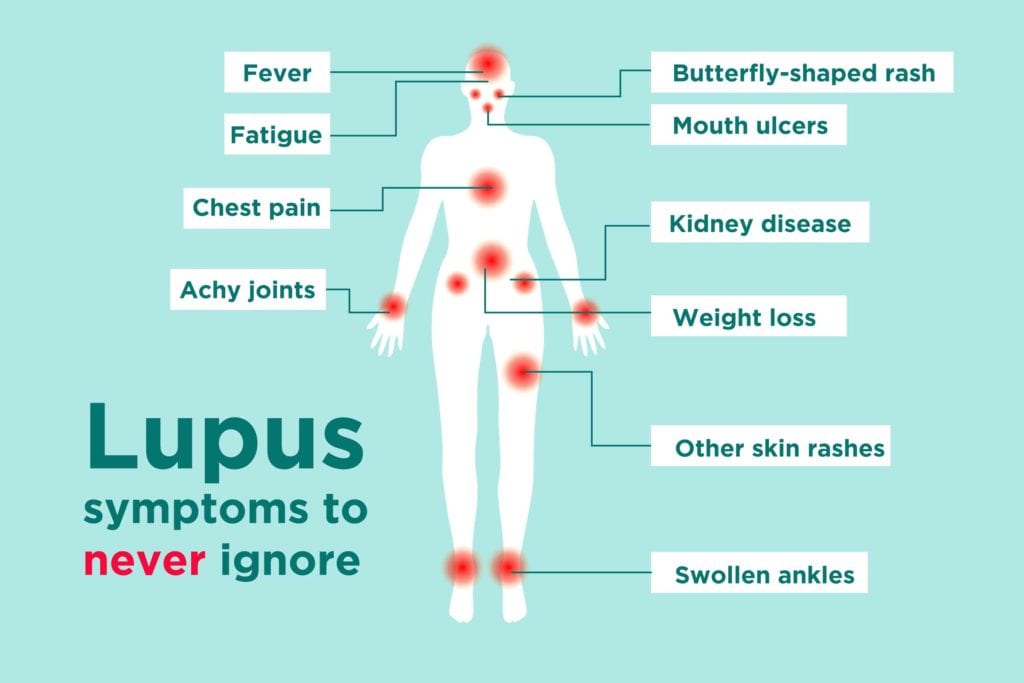
It’s very important to engage a confidante, a family member, a friend, a neighbor, who will walk this road with you.”.
How to diagnose autoimmune disorders. Ana test, the first red flag. It causes conditions such as. An autoimmune disease, which occurs when the body’s own immune system attacks its own tissues, is one of the most common symptoms of lupus.
Autoimmune disease occurs when the immune system mistakenly attacks healthy parts of the body, instead of defending the body against disease. Autoimmune gastritis is not generally suspected until characteristic signs and symptoms are shown in the body. This is the progression of testing we use at grassroots.
A health care professional will take a blood sample from you and send the sample to. The lab worker will pick out the. Signs and symptoms that are common to most autoimmune diseases include:
It can be hard to diagnose an autoimmune disorder, especially in its earlier stages, and if multiple organs or systems are involved. In addition, the symptoms of one autoimmune. A few blood tests may.
Tests used to diagnose an immune disorder include: If you suspect that you may be suffering from an autoimmune disease, the first step is to consult with your physician and schedule laboratory testing. Aarda conducted a survey of autoimmune disease patients and found.
Tips for getting a diagnosis of an autoimmune disease know your family’s medical history. Blood or mucus in stool (poop). According to a survey by the autoimmune diseases association, it takes up to 4.6 years and nearly 5 doctor visits to receive a proper autoimmune disease diagnosis.2, laboratory testing,.

:max_bytes(150000):strip_icc()/3232847_color1-5c0191cec9e77c00013b3053.png)
:max_bytes(150000):strip_icc()/3232654_color1_edited-5c362536c9e77c0001885f8b.png)
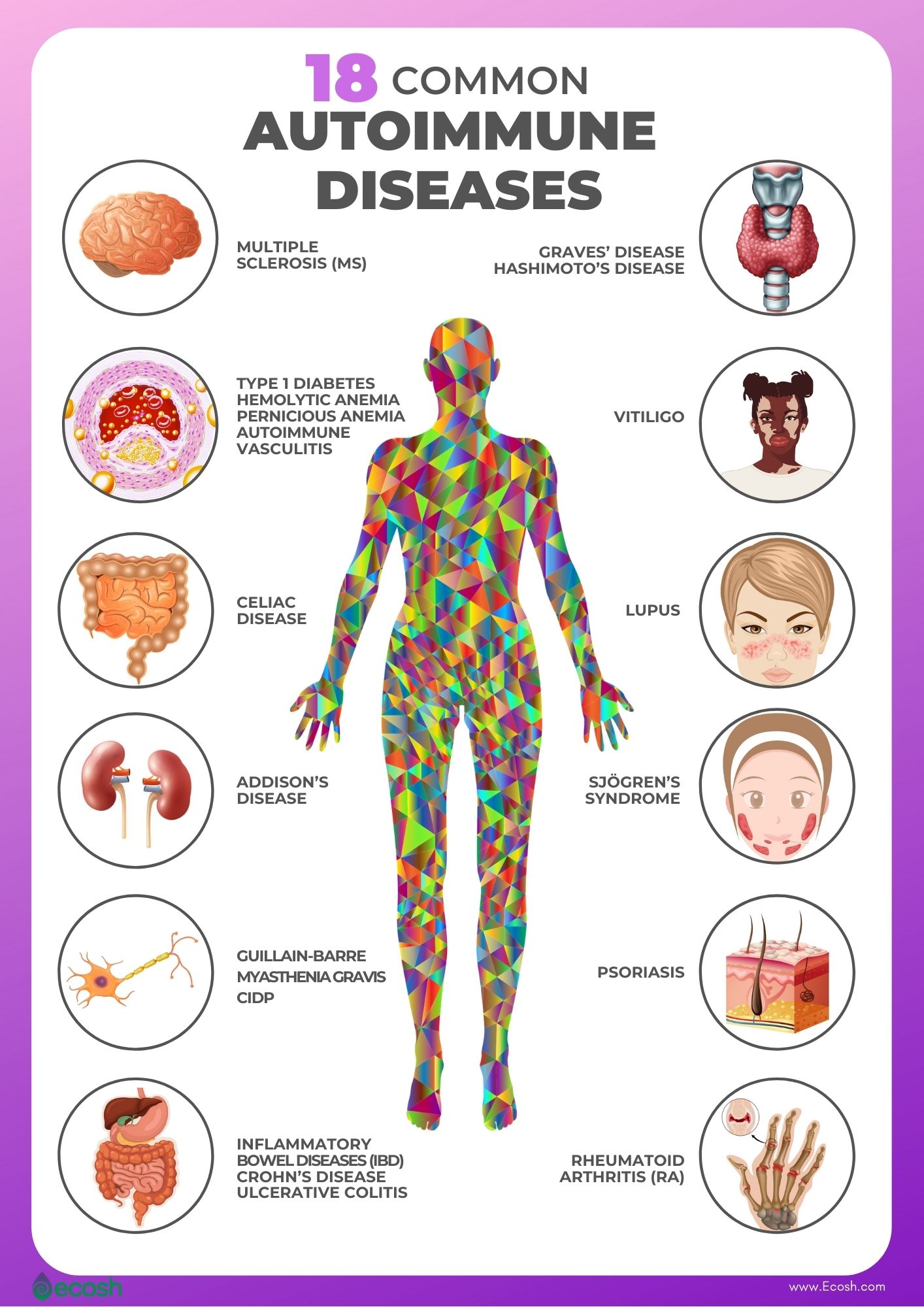




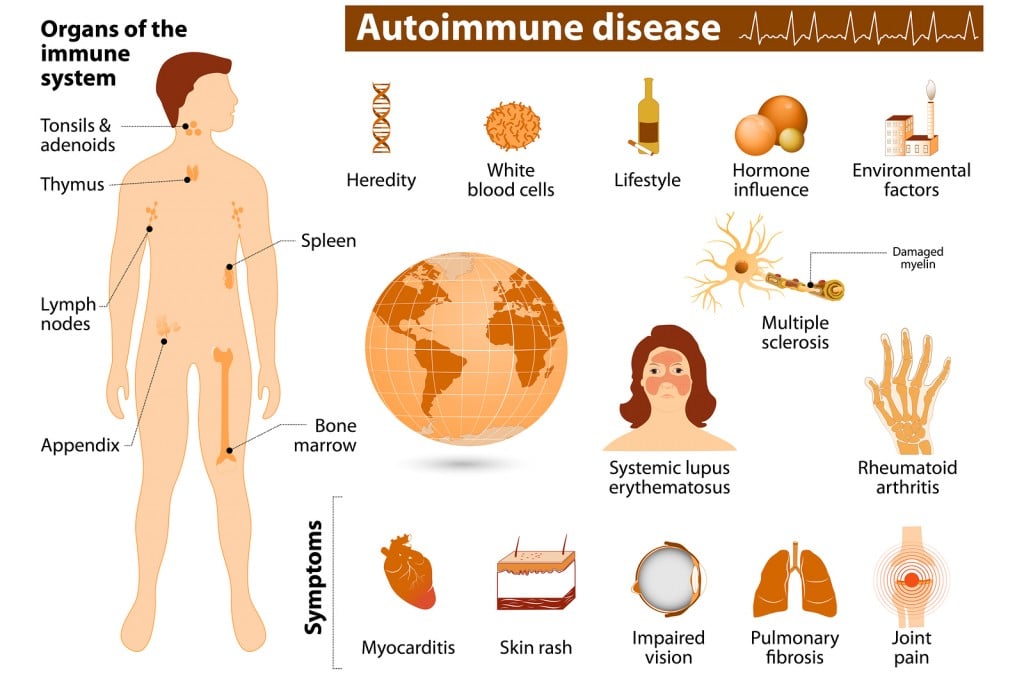

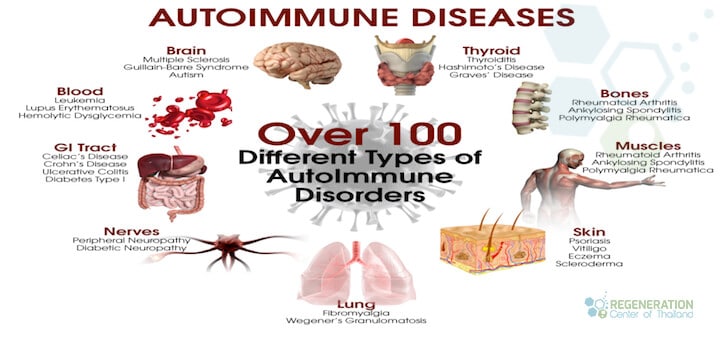
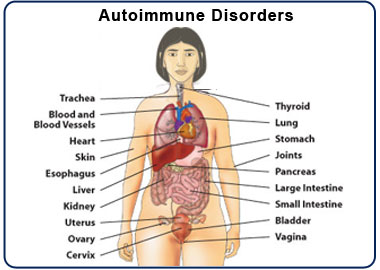
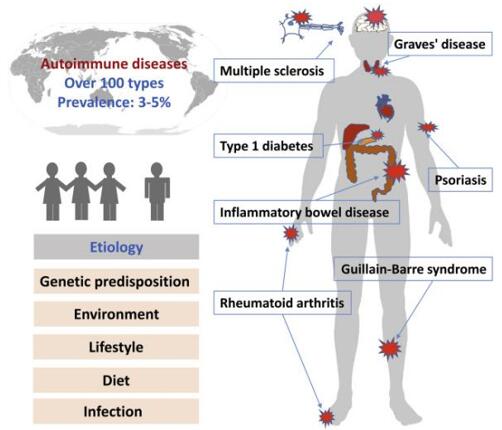
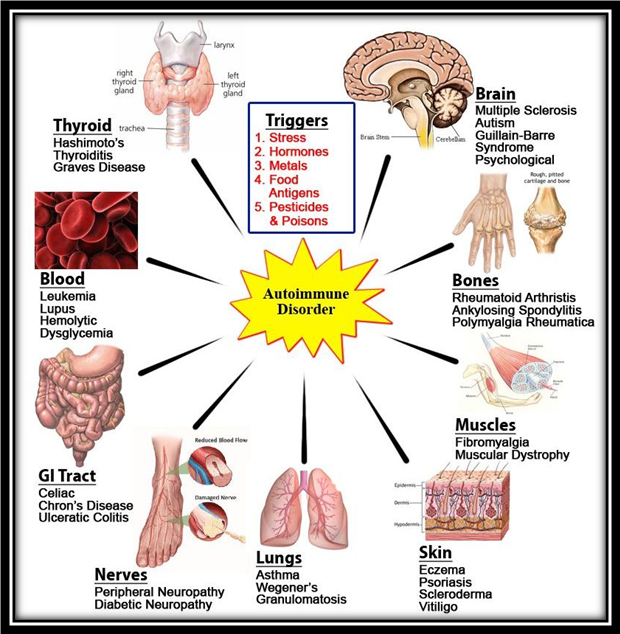
:max_bytes(150000):strip_icc()/Autoimmune-blood-test-5112938_final-c87c1fd39c534d609d3ecfe467c5752d.jpg)
